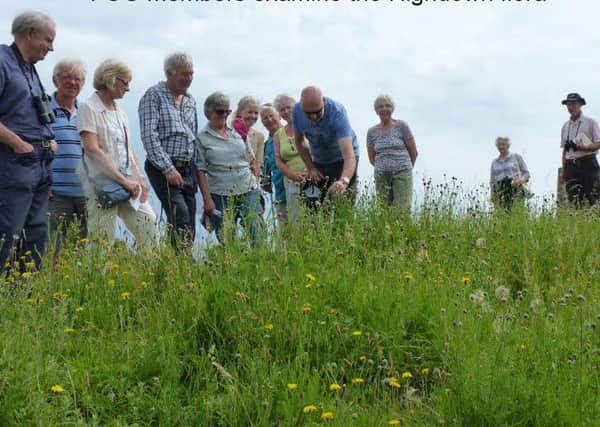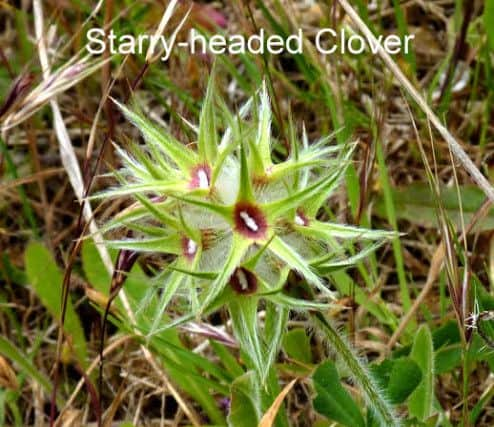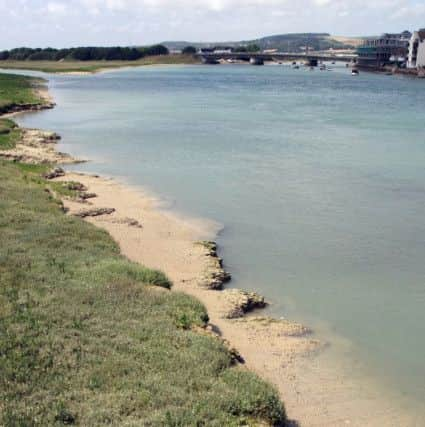Conservation group examines land and sea life


The first walk led members from the Ferring Conservation Group past the rare vegetated shingle along the beach near Shoreham Fort.
Shoreham Beach was designated a Local Nature Reserve in 2006, and the shingle spit, nearly three miles long, is said to be a ‘kaleidoscope of colours’ during the summer.
Advertisement
Hide AdAdvertisement
Hide AdDuring this walk, Ferring Conservation Group examined the Sea Kale, a pioneer plant on the shingle.


It is adapted to withstand the harsh conditions, with its very long tap root.
Other plants like Sea Campion, Thrift and Woody Nightshade, and Sedums were spotted on the tro, alog with the Silver Ragwort and the Yellow-horned Poppy.
Tricia Hall, a Ferring Conservation Group committee member, said: “The ‘star’ of our visit was a very rare plant known as Starry-headed Clover which has small,cream flowers.
Advertisement
Hide AdAdvertisement
Hide Ad“The fruits form into star-like structures on the flower head, hence the name.”


“Our second trip was to Highdown on July 22.
“The group was set a 10 flower challenge and we identified many of the key species which constitute a chalk meadow: Ladies Bedstraw; Salad Burnet; Ribwort Plantain and Knapweed together with various grasses.
“There were also many Pyramidal Orchids.
“We examined Yellow or Hay Rattle which is an interesting semi-parasite.
“It has green leaves and therefore carries out photosynthesis, but its roots form little suckers on grasses from which it absorbs water and nutrients, thus weakening the grasses and allowing other flowers to move in and become established.
Advertisement
Hide AdAdvertisement
Hide Ad“The seeds develop inside a dry capsule and ‘rattle’, hence its name.
“It is an important plant in the establishment of ‘new’ meadows.
“Not many birds were seen but we had close encounters with swallows swooping over the ground in search of insects and young swallows were sitting on a branch.
“We had a stunning view of a linnet.
“We also saw a number of Marbled White butterflies but were unable to get good views until we found several very smart individuals nectaring on clover and obviously recently emerged. They were the stars of this visit.”
Advertisement
Hide AdAdvertisement
Hide AdFor more information about the Ferring Conservation Group, visit www.ferringconservationgroup.co.uk.
Don’t miss out on all the latest breaking news where you live.
Here are four ways you can be sure you’ll be amongst the first to know what’s going on.
1) Make our website your homepage
2) Like our Facebook page
3) Follow us on Twitter
4) Register with us by clicking on ‘sign in’ (top right corner). You can then receive our daily newsletter AND add your point of view to stories that you read here.
And do share with your family and friends - so they don’t miss out!
Always the first with your local news.
Be part of it.